Yes, it’s possible to refinance a home with no closing costs, but it’s important to understand how these “no-closing-cost” refinances work and what you might be giving up. Here’s what you need to know:
How No-Closing-Cost Refinances Work
A “no-closing-cost” refinance is a type of refinancing where the borrower does not pay out-of-pocket costs at the time of closing. Instead, the costs are handled in one of the following ways:
- Rolling Costs Into the Loan Balance: The lender adds the closing costs to your new loan amount. For example, if you refinance a $200,000 mortgage and your closing costs are $3,000, your new loan balance would be $203,000. While this approach keeps your upfront costs low, it means you’ll be paying interest on the added amount over the life of the loan.
- Higher Interest Rates: The lender offers to cover the closing costs in exchange for a higher interest rate. This means you may pay more over the life of the loan due to the increased rate, even though you avoid upfront costs.
- Lender Credits: The lender may provide a credit to cover closing costs. In return, the loan may have a slightly higher interest rate or other terms.
Pros of No-Closing-Cost Refinancing
- Immediate Savings: You avoid paying out-of-pocket costs at closing, which can be especially helpful if you’re short on cash or don’t want to deplete your savings.
- Easier Budgeting: It simplifies your finances by not requiring a large sum upfront.
- Flexible Options: This option can be appealing if you plan to move or sell the home in the near future and want to avoid upfront costs.
Cons of No-Closing-Cost Refinancing
- Higher Loan Balance: If you roll the costs into your loan balance, you’ll be paying interest on the added amount, which can increase the total amount paid over the life of the loan.
- Increased Interest Rate: Choosing a higher interest rate in exchange for no closing costs can result in higher monthly payments and more interest paid over time.
- Long-Term Costs: While you avoid upfront costs, the long-term costs may be higher. Calculate the overall cost of the loan, including how much you’ll pay over time with the higher rate or larger loan balance.
Considerations Before Choosing a No-Closing-Cost Refinance
- Calculate the Break-Even Point: Compare the cost of a no-closing-cost refinance to a traditional refinance where you pay closing costs upfront. Consider how long you plan to stay in your home to determine which option is more cost-effective in the long run.
- Compare Offers: Get quotes from multiple lenders to understand the different options available and choose the one that best suits your financial situation.
- Evaluate Interest Rates: Check how the higher interest rate for a no-closing-cost refinance compares to rates for standard refinances. Ensure you understand how it will impact your monthly payments and overall loan costs.
- Understand All Terms: Review all the terms and conditions of the loan, including any potential fees or penalties associated with the refinance.
Final Thoughts
Refinancing with no closing costs is a viable option if you prefer not to pay upfront or if you’re planning to move soon. However, it’s important to weigh the immediate benefits against the long-term costs. By understanding how no-closing-cost refinances work and carefully comparing your options, you can make an informed decision that aligns with your financial goals.






